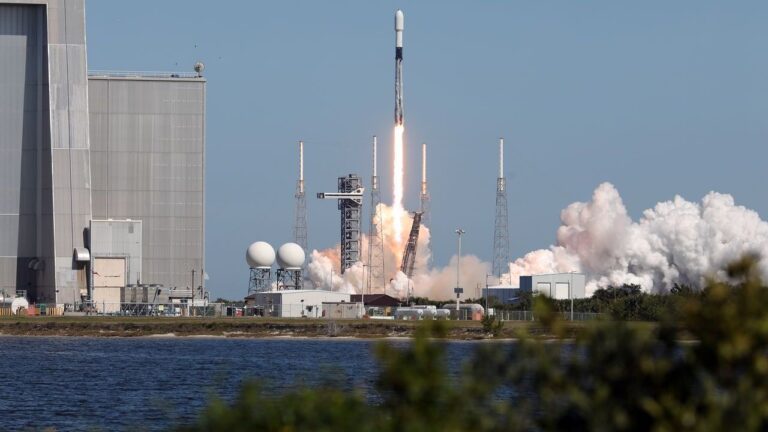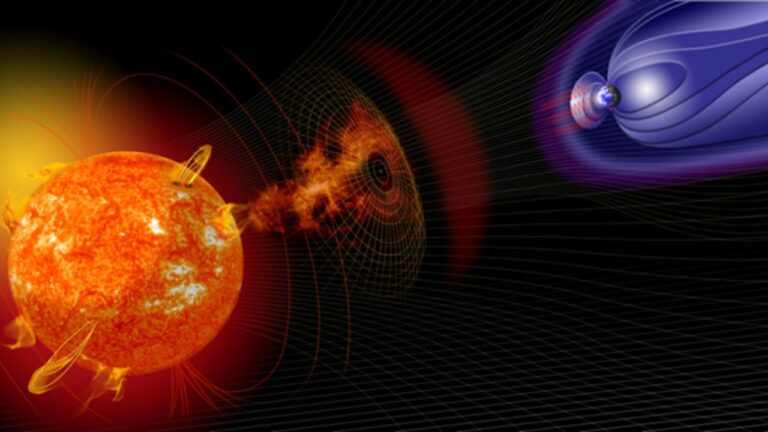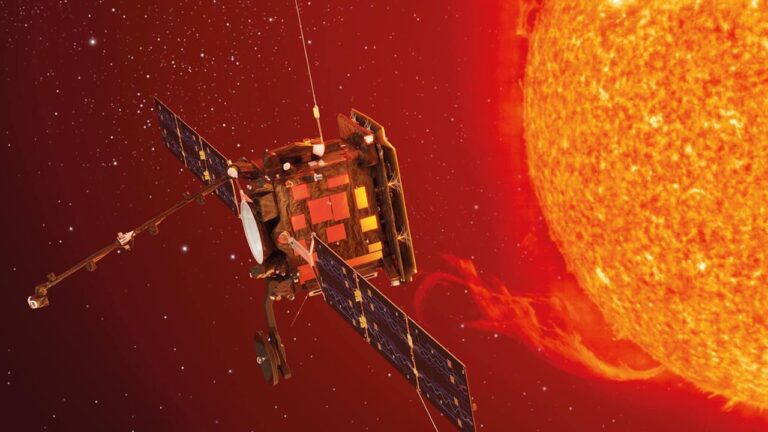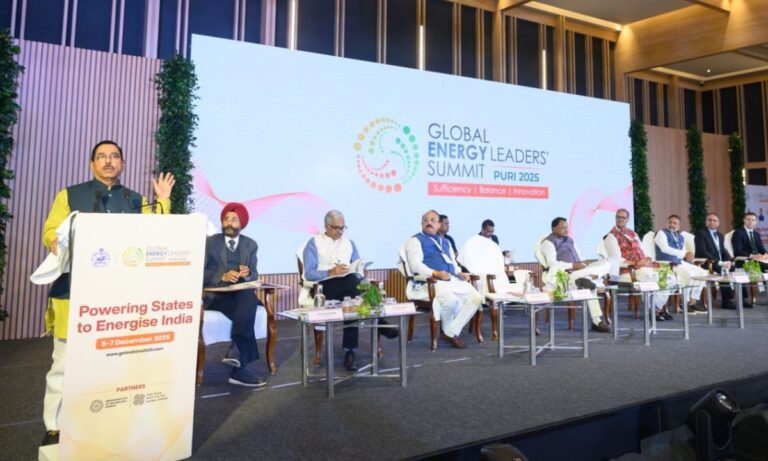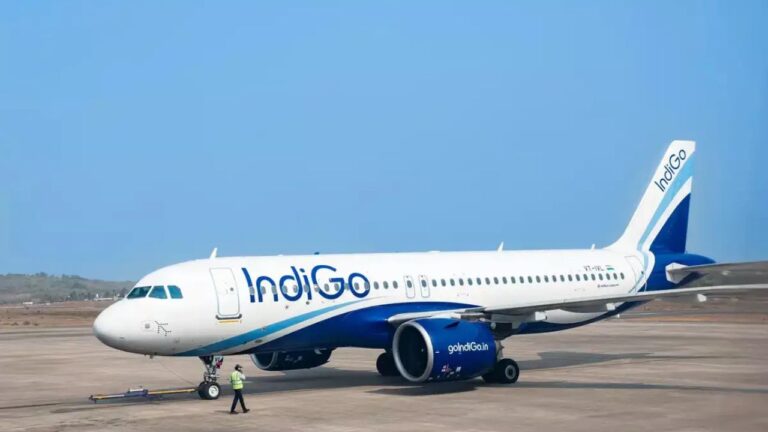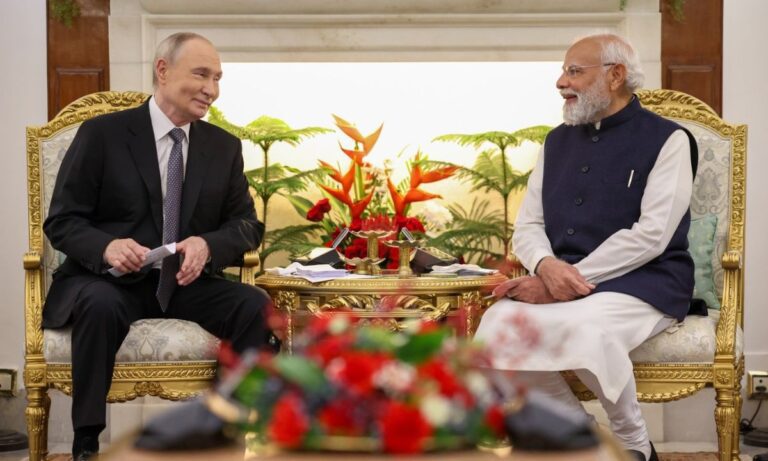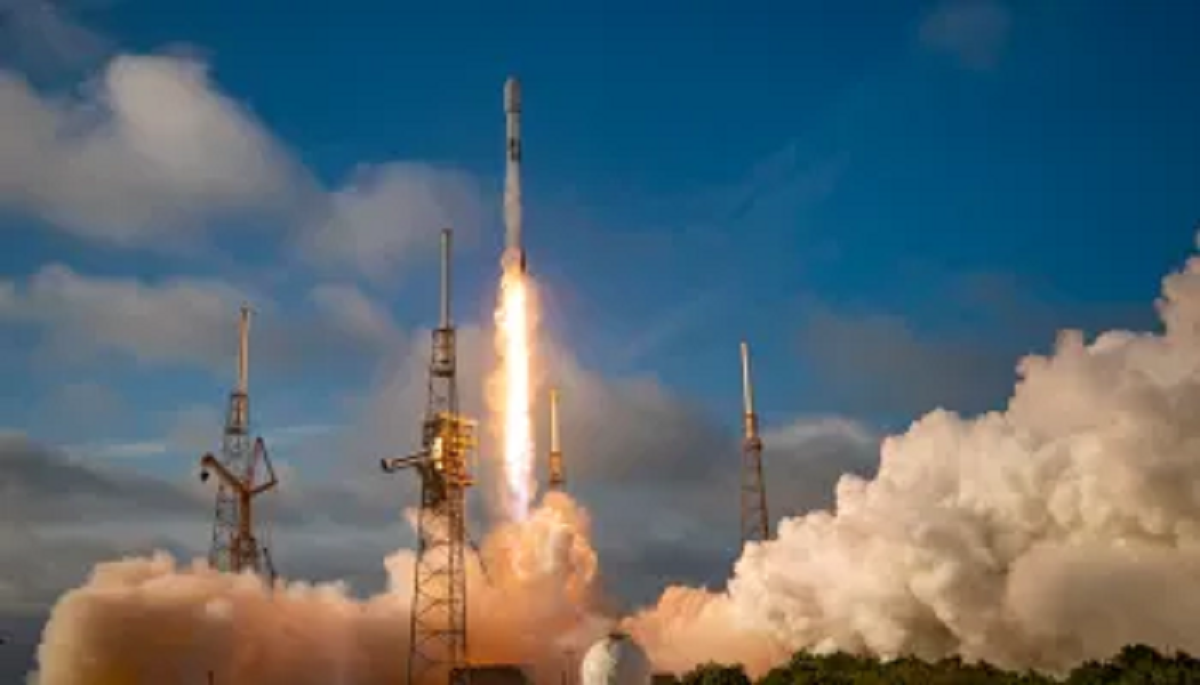
European weather satellite operator Eumetsat has announced a surprising change in its launch plans, shifting the upcoming Meteosat Third Generation-Sounder 1 (MTG-S1) from the European Ariane 6 to SpaceX’s Falcon 9. This decision has frustrated European space officials who were caught off guard by the move.
Launch Details and Reasons
In a statement released on June 28, Eumetsat confirmed that the MTG-S1 geostationary weather satellite will now launch on a Falcon 9 in 2025, instead of the originally planned early 2025 launch on an Ariane 6. Phil Evans, Eumetsat’s director-general, cited “exceptional circumstances” for the change, but did not provide further details. He emphasized that this decision does not alter Eumetsat’s policy of supporting European partners.
Impact on Weather Forecasting
The MTG-S1 satellite, equipped with a sounder instrument capable of providing vertical profiles of temperature and water vapor, is expected to revolutionize weather forecasting and climate monitoring. Eumetsat highlighted the importance of launching on schedule to ensure national weather services benefit from the new and more accurate data the satellite will provide.
European Space Officials React
The decision to switch launch vehicles has drawn criticism from European space leaders. Philippe Baptiste, head of the French space agency CNES, expressed his disappointment and called the decision a “brutal change.” He urged the European Commission to consider implementing regulations that would require European satellites to be launched on European rockets.
Josef Aschbacher, director general of the European Space Agency (ESA), also expressed surprise at the decision, noting that it comes just weeks before the scheduled debut of Ariane 6 on July 9. Despite the change, Aschbacher assured that the ramp-up of Ariane 6 launches would not be affected if the inaugural flight is successful.
Future of Ariane 6
Arianespace, the company managing Ariane 6 launches, has an order book of 30 missions, including 18 for Amazon’s Project Kuiper. The launch schedule plans for six Ariane 6 flights in 2025, increasing to eight in 2026 and 10 in 2027, with a maximum projected flight rate of 9 to 12 launches annually.
Lucía Linares, head of space transportation strategy at ESA, reiterated the importance of Ariane 6 for European institutional missions. She emphasized that the launcher was developed to ensure guaranteed access to space for European missions.
Falcon 9’s Growing Role in European Missions
Eumetsat’s decision to use Falcon 9 is not an isolated case. During the “launcher crisis,” which limited European access to space, ESA has increasingly relied on Falcon 9 for critical missions. Notable launches include the Euclid space telescope, the EarthCARE mission, and the upcoming Hera asteroid mission.
The European Commission has also turned to Falcon 9 for launching Galileo navigation satellites, with successful launches in April and another planned for later this year.
Eumetsat’s move to launch MTG-S1 on a Falcon 9 highlights the current challenges and dynamics in the European space sector. While the decision ensures the timely deployment of a crucial weather satellite, it also underscores the need for continued coordination and support for European launch capabilities.
